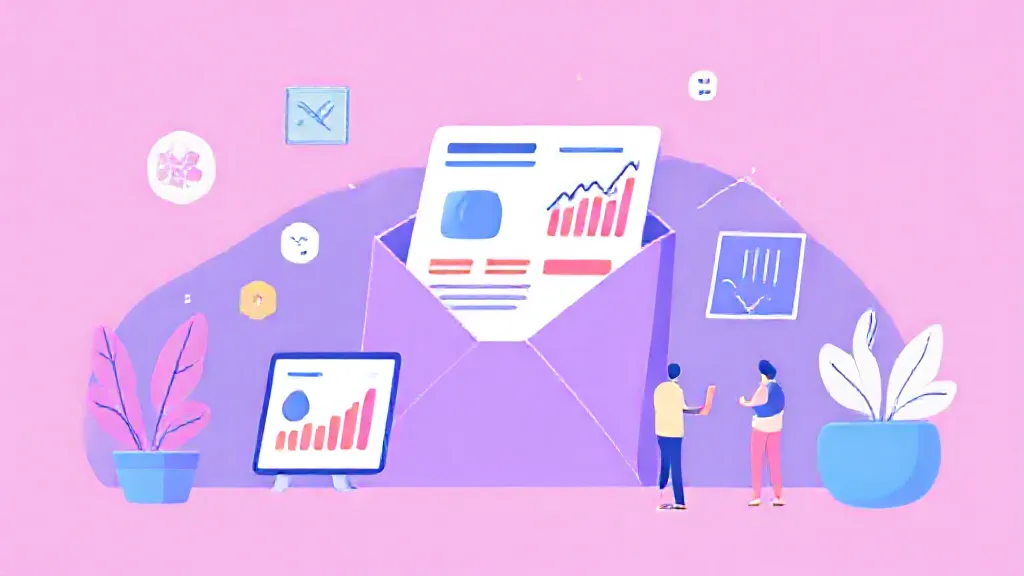In today’s digital landscape, email marketing remains one of the most powerful tools for driving sales. With an estimated return on investment (ROI) of $42 for every dollar spent, businesses that leverage email campaigns effectively can significantly enhance their revenue. This article delves into how you can use email campaigns to drive sales, exploring strategies, best practices, and real-world examples that illustrate the effectiveness of email marketing in boosting sales figures.
Understanding Your Audience for Targeted Campaigns
Before launching any email campaign, it is crucial to understand your audience. Segmenting your email list allows you to tailor your messages to specific demographics, interests, and behaviors. For instance, a clothing retailer might segment their audience into different categories such as women’s wear, men’s wear, and children’s clothing.
By doing so, they can send personalized offers that resonate with each group, increasing the likelihood of conversion. Tools like Google Analytics and customer surveys can provide insights into your audience’s preferences, enabling you to create more targeted and effective campaigns.
Crafting Compelling Subject Lines
The subject line is often the first impression your email makes, and it can significantly impact your open rates.
A compelling subject line should be concise, engaging, and relevant to the content of the email. For example, instead of a generic subject line like "Spring Sale," a more enticing option could be "Bloom into Spring with 20% Off Your Favorite Styles!" This approach not only conveys the message but also instills a sense of urgency and excitement. A/B testing different subject lines can help determine which resonates best with your audience.
Personalization: The Key to Engagement
Personalization goes beyond just addressing the recipient by their first name. It involves tailoring content, offers, and recommendations based on the recipient’s past behavior and preferences. For instance, if a customer previously purchased running shoes, sending them an email with a discount on running apparel can be highly effective.
According to a study by Epsilon, personalized emails can lead to six times higher transaction rates. Utilizing customer data to create personalized experiences fosters a deeper connection with your audience and encourages repeat purchases.
Creating Valuable Content that Drives Action
The content of your email should provide value to the recipient.
This could include informative articles, how-to guides, or exclusive offers that are relevant to their interests. For example, a beauty brand might send an email featuring a tutorial on a new makeup trend along with a discount on the featured products. By offering valuable content, you not only engage your audience but also position your brand as an authority in your industry, which can lead to increased trust and sales.
Utilizing Clear Calls-to-Action (CTAs)
Every email campaign should include a clear call-to-action (CTA) that guides the recipient on the next steps. Whether it's "Shop Now," "Get Your Discount," or "Learn More," CTAs should be prominently displayed and easy to understand. Using contrasting colors and strategic placement can enhance visibility.
For instance, placing a "Shop Now" button at the top and bottom of the email can cater to different reading habits. Ensuring that your CTA is compelling and straightforward can significantly boost click-through rates and conversions.
Timing Your Campaigns for Maximum Impact
Timing plays a critical role in the success of email campaigns.
Analyzing your audience’s behavior can help you determine the best times to send emails. For example, if your data shows that most of your audience opens emails on weekends, scheduling your campaigns accordingly can enhance engagement. Additionally, seasonal promotions and holidays present excellent opportunities to launch targeted campaigns that align with consumer spending habits.
Keeping a calendar of important dates can help you plan your campaigns effectively.
Measuring Success and Adjusting Strategies
To determine the effectiveness of your email campaigns, it is essential to track key performance indicators (KPIs) such as open rates, click-through rates, and conversion rates. Analyzing these metrics can provide insights into what works and what doesn’t, allowing you to adjust your strategies accordingly.
For instance, if you notice a low open rate, experimenting with different subject lines or send times may be necessary. Continuous testing and optimization are crucial for maximizing the impact of your email marketing efforts.
Building a Long-Term Relationship with Subscribers
Driving sales through email campaigns is not just about immediate conversions; it’s also about building long-term relationships with your subscribers.
Providing consistent value, engaging content, and exclusive offers can foster loyalty and encourage repeat business. Implementing automated email sequences, such as welcome emails or post-purchase follow-ups, can keep your brand top-of-mind and enhance customer retention. By nurturing these relationships, businesses can create a loyal customer base that contributes to sustained revenue growth.
In conclusion, email campaigns are a powerful tool for driving sales when executed strategically. By understanding your audience, crafting compelling content, and continuously measuring success, businesses can leverage email marketing to boost their revenue effectively. The key lies in creating personalized experiences that resonate with subscribers, ultimately leading to increased engagement and sales.
